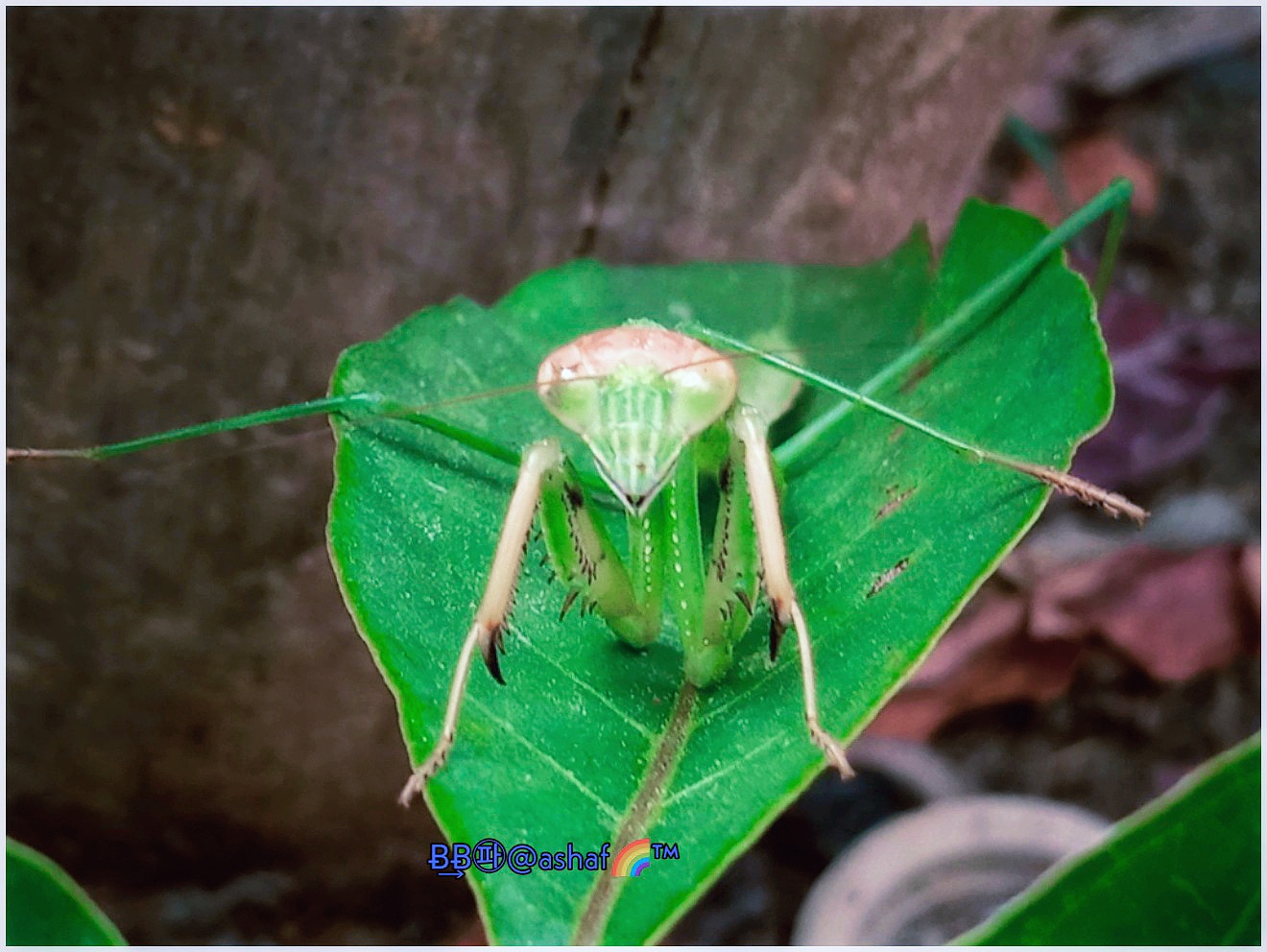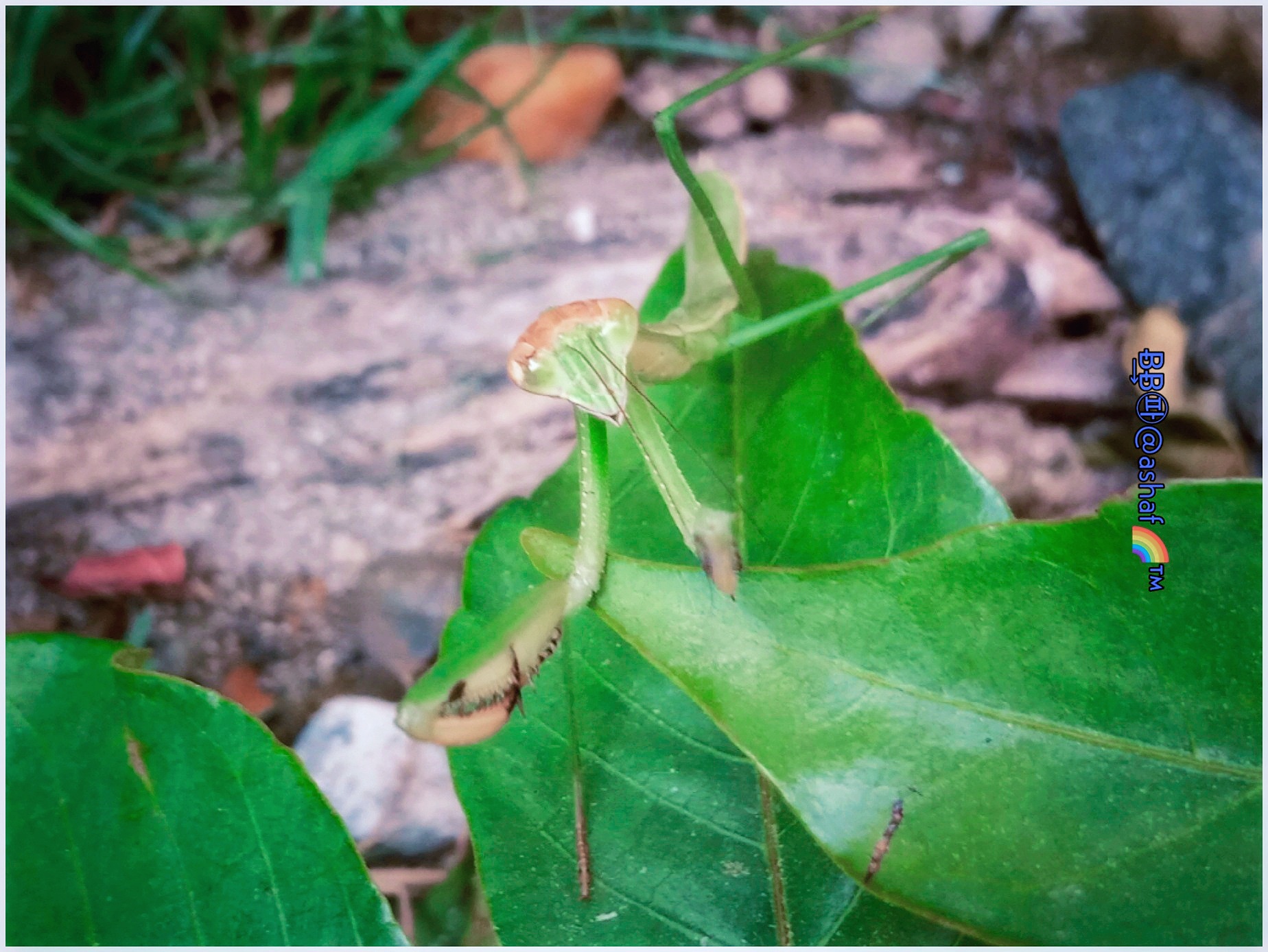Sentadu, a uniqueng insect
Hi everyone's!!!
When you see one of these small animals, of course you will remember your childhood, because some children often play with it.
This centadu grasshopper is very famous for several characteristics that it often does, because it has legs that bend like people worship, so people give its name as the praying mantis. But do you still remember his life? Or do you still remember his behavior in his daily life?
Come on! follow their behavior on this blog....


In general, these grasshoppers are very easy to find anywhere (in any country), because centadu grasshoppers are able to adapt to every situation both in tropical and sub-tropical areas, except in the Antarctic area because in that area there is very cold air. So it is very difficult for them to adapt to the environment even other animals rarely live in the area.
This centadu grasshopper also has several types, but mostly in our region (Indonesia) the types of Hierodula vitrea are very common. But you know, this animal has a series of names that have been pinned to it, of course, in non-verbal language.
This happens because in the territory of Indonesia there are many islands such as Sumatra, Java, Kalimantan and several other small islands which have various ethnicities and tribes.
So, thus, if there are differences in dialek or ethnicity, different languages are used, so the pronunciation for this one animal also has a different name.


So in this case, the author himself has collected several non-verbal names that have become the daily language of people in our area, so that any ethnic group in the territory of Indonesia understands the pronunciation of them. So below will be mentioned some names that are well known and have been understood by each tribe.
| Sequense | Territory | Mention |
|---|---|---|
| 1 | Acehnese | Atjeh |
| 2 | North Sumatra | Congcorang |
| 3 | Medan | Mentadak |
| 4 | Java Island | Walang Kekek |
| 5 | Kalimantan Island | Walang Kadung |
| 6 | Indonesia in general | Belalang Sentadu |
| 7 | World | Praying Mantis |
Some mention of the name of course has its own meaning for each region that embeds it, of course depending on the events or behavior of these animals themselves. LSo that it is labeled with the meaning of the meaning itself.


Unique! This animal can be said to be the most popular egg-producing grasshopper in the insect world because female praying mantises today can lay up to 300 eggs in each marriage. Uniquely, every egg that has been there is still guarded by the female or its mother and then placed in a special nest as a result of her special work, in our area that location is called an ooteka.
Do you know what ooteka is? In general, the Ooteka itself is a nest made of materials that are removed from the body of the mother itself or the product of the female's body (mother). The occurrence of the ooteka itself also takes a certain amount of time, initially in the form of white foam, then gradually the ooteka will harden and form small gaps in it which are neatly arranged like a beautiful and sturdy design. Then, when the praying mantis eggs are in the ooteka, they will always be protected from heat and rain. Inside the ooteka the eggs will always be safe and controlled in it until the eggs hatch and become little centadu grasshoppers.


Then what the children eat?
If the cubs are placed in a very closed container or protected from sun or rain exposure, of course it is very difficult for other animals or predators to enter, then what do the children eat?
So herein lies the responsibility of their parents in maintaining or raising them, and this is where the function of the father of centadu, the males will always sacrifice their bodies or are willing to sacrifice themselves to death to be eaten by their newly hatched children until a certain time.
When a male grasshopper is married to a female, he (the male) will immediately volunteer his body to be torn apart and the meat is ready to supply the food of his children who are in the ooteka as mentioned above.


Children born and raised in one nest (ooteka) are very enthusiastic about eating the body of their father in Ooteka who has been killed by their female lover (namely mother / mother), by tearing their father's body and then pushing the dead father's body into ooteka for daily food for children.
The male grasshopper will be willing to eat his body or his body to be consumed by the child and his lover (mother) while still in the care of his mother or in the process of raising children in difficult times. The female will continue to monitor and care for the young during the maintenance time or period.
This incident is said to be loyalty to death in order to support his family in developing his group in this world.


Life is very complicated for the father in sacrificing his body for their family in life and in developing their population on this earth.
This behavior will continue forever because it is destiny for the father. This is a brief explanation of the centadu insects that are often the attention of the research team in observing them in order to obtain accurate data in biological sciences, hopefully this will be useful for all of us and thank you very much.
Classification of photo & writing
| In the photo with | VIVO Y12 smartphone |
|---|---|
| Photo Settings | Otomatis |
| Camera | Profesional |
| Photografer | @ashaf |
| Themes | Sentadu, a uniqueng insect ✉ |
| Text reference | Personal observasi ✎ |
 |  |

https://twitter.com/ashaf_73/status/1310662758598279169
My #posh in hive
https://twitter.com/ashaf_73/status/1310662758598279169?s=09
... isn't a grasshopper but a nymph of a mantis (order Mantodea).
Well, in praying mantises, around 25 percent of all sexual encounters result in the death of the male.
Eating their sexual partners helps female mantises to produce more eggs, however, the killed male mantises don't directly serve as food for their offspring.